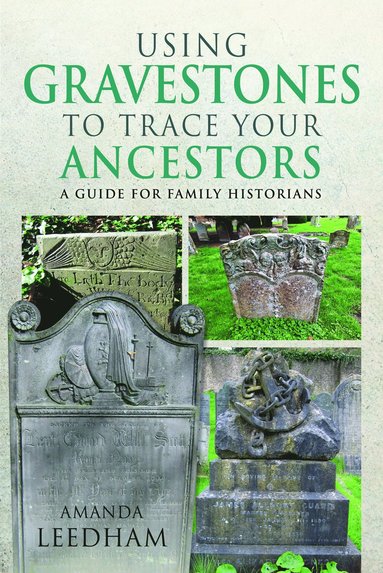Ny

449:-
Tillfälligt slut online – klicka på "Bevaka" för att få ett mejl så fort varan går att köpa igen.
Everyone dies, its the one certainty in life. Whilst burials have been taking place for thousands of years, the eighteenth and nineteenth centuries saw the start of the gravestone boom as public graveyards became commonplace and personalised gravestones became more financially viable. The information provided on gravestones and monuments make them a valuable primary source for anyone wanting to trace their family history. They can provide details that are not available in the official records, holding clues to break down brick walls, but also work hand in hand with original records and documents. Taking an in depth look at what our ancestors left behind on their gravestones and monuments, Amanda Leedham advises the reader how to record this information, and explores how it can aid family research and paint a picture of our ancestors' lives. From exploring the types of occupations listed, to how family ties are portrayed, and from child mortality, to the perception of women, this book is also a great insight into social history. In addition, the author looks into the beliefs and fears of the period in terms of burial, such as bodysnatchers and being buried alive, and how the depiction of death changed and burial traditions developed. The evidence that the graves give us for how people died, from illness to things such as accidents or murder, is also explored. With meticulous research into military graves, the author looks at the different types of military gravestones and the difference between personal graves and the Commonwealth War Graves in Britain. There is also large case study on how graves can help with our ancestors sense of place and belonging. All of this is complemented with official documents, records, and extensive use of the national and local newspapers to show how important gravestones can be.
- Format: Pocket/Paperback
- ISBN: 9781036110611
- Språk: Engelska
- Antal sidor: 176
- Utgivningsdatum: 2025-03-28
- Förlag: Pen & Sword Books Ltd

